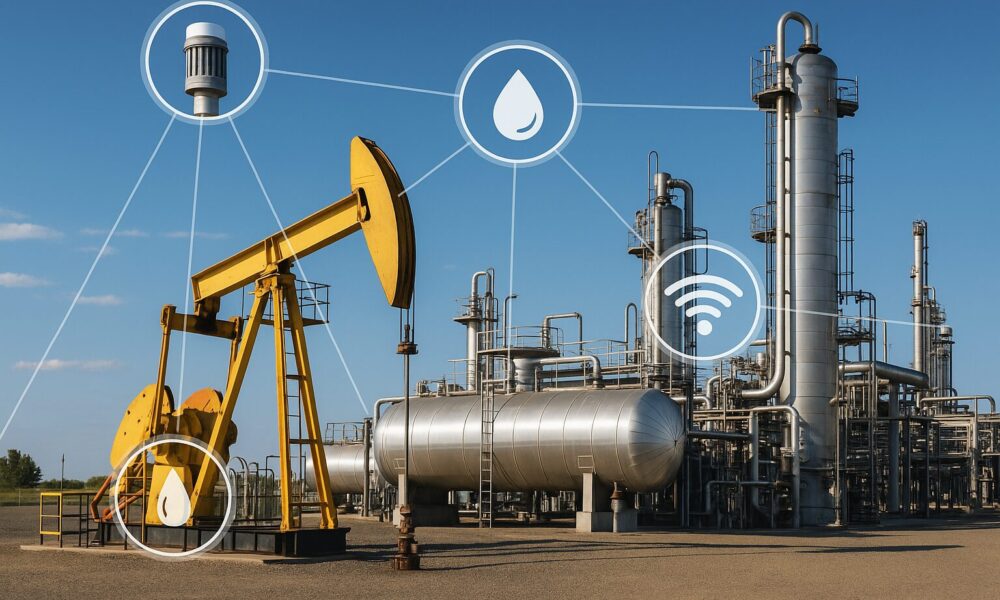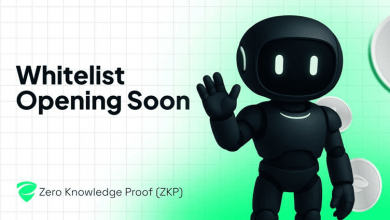How IoT & AI Are Currently Revolutionizing The Future Of Air Leak Testing

Precision is always profit in the manufacturing world, and this is regardless of what products are being tested for quality control purposes.
Whether it’s a medical device, a car’s brake system or aerospace components, one constant always remains—which is that even the tiniest of air leaks can lead to serious safety hazards and massive company costs.
We recently got in touch with the air leak testing experts at Z-Axis to get a deeper glimpse into how today’s technology is transforming the ways that air leak testing is conducted by countless companies, and what we learned is that the Internet of Things (IoT) and Artificial Intelligence (AI) are now at the forefront of the entire industry.
So, check out the below sections to see how AI and IoT technology are going beyond just improving detection accuracy and are currently reshaping how quality control is thought about on a broad scale!
The Current Problems With Conventional Air Leak Testing
In the past, air leak testing strategies relied heavily on analog gauges and manual monitoring, which require skilled operators to interpret mass flow, pressure decay and tracer gas leak test results.
And while these methods are certainly effective, they come with certain limitations like:
- Slower detection times for intermittent or small leaks
- Human errors in interpreting test results
- Reactive maintenance
- Lack of real-time visibility
What’s interesting about yesterday’s air leak testing is that it doesn’t always cater to our globalized, high-speed production world. This is because the above shortcomings can lead to serious issues like warranty claims, higher defect rates and potential manufacturing downtime.
How IoT & AI Are Ushering In A New Air Leak Detection Era
The latest air leak testing equipment is fully powered by AI algorithms and IoT-enabled sensors that are capable of instantaneously analyzing, collecting and transmitting data.
What’s great about AI-enabled leak detection systems is that they can process huge amounts of data very quickly, while also recognizing certain patterns that human operators could potentially miss. This leads to benefits like:
- Automated pass/fail decisions
- Higher detection sensitivity
- Continuous machine learning
IoT leak testing devices do a great job at connecting a company’s leak testing equipment to centralized platforms. This allows for the following benefits:
- Remote monitoring
- Cloud-based data storage
- Predictive maintenance alerts
Going From Air Leak Detection To Prediction
By far one of the most exciting revolutions involving IoT and AI air leak testing is the relatively new shift from detection to prediction.
This means that instead of simply recognizing and flagging leaks as they occur during the manufacturing process, today’s air leak testing systems are now capable of analyzing a company’s entire operational trends in order to forecast the possibilities of future leak risks.
A good example of this would be when a production line is showing gradual shifts in pressure test data, because the system will be able to flag this issue long before something fails.
This subsequently allows for more proactive leak testing adjustments!
Real-World Applications For AI & IoT Air Leak Testing
Although there are countless real-world applications for IoT and AI air leak testing, here are some of the most common:
- Auto:Detecting tiny leaks in brake and fuel systems to meet industry standards.
- Medical Devices:Verifying airtight seals and sterility for life-support equipment.
- Aerospace: Ensuring hydraulic system and airframe integrity.
- Electronics:Testing consumer gadgets and industrial components for their waterproof enclosure durability.
The New ROI For Manufacturing Teams
Although there are some upfront investments involved with AI and IoT leak testing implementation, the long-term returns on these investments are substantial.
Some of the ROIs on this new leak testing technology include:
- Lower warranty claims and defect rates
- Reduced labor costs
- Extended equipment lifespans
- Improved industry regulation compliance
How The Air Leak Testing Industry Will Continue Looking Ahead
As AI models and 5G networks continue to expand and become more sophisticated, it’s relatively easy for countless industries to expect even more connected leak testing systems in the future.
In the coming years ahead, companies will be capable of simulating countless leak testing conditions before a single part is finalized—which means the businesses that embrace IoT and AI technology will undoubtedly have a competitive advantage due to these many, significant upgrades!

Source: How IoT & AI Are Currently Revolutionizing The Future Of Air Leak Testing


